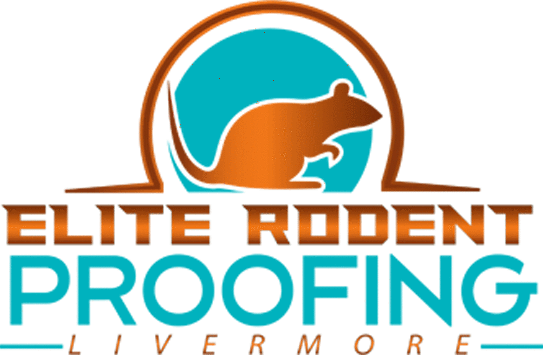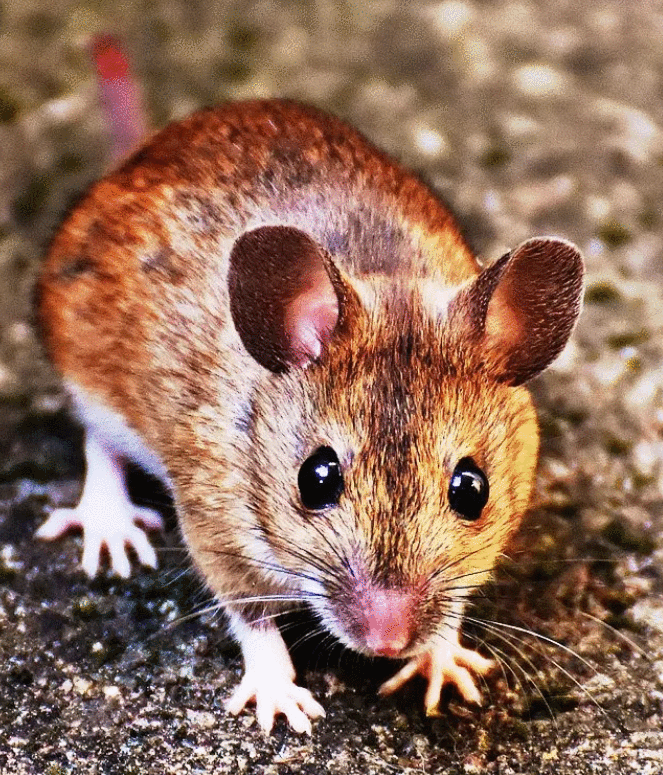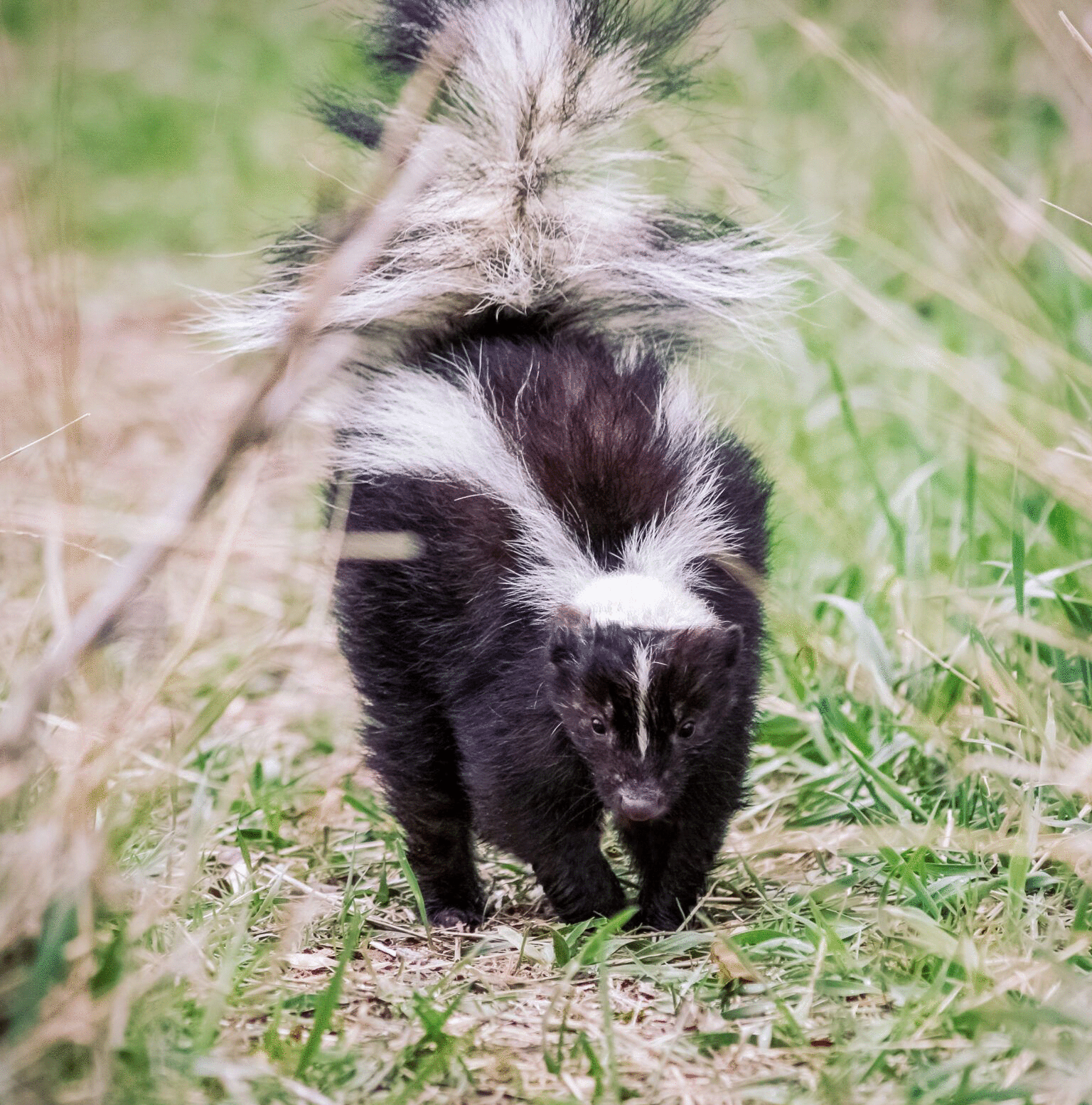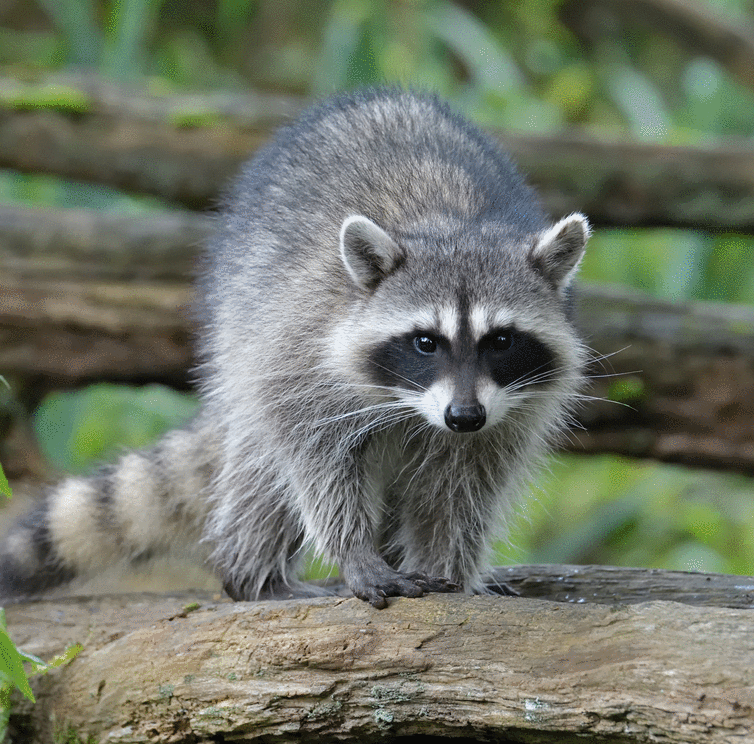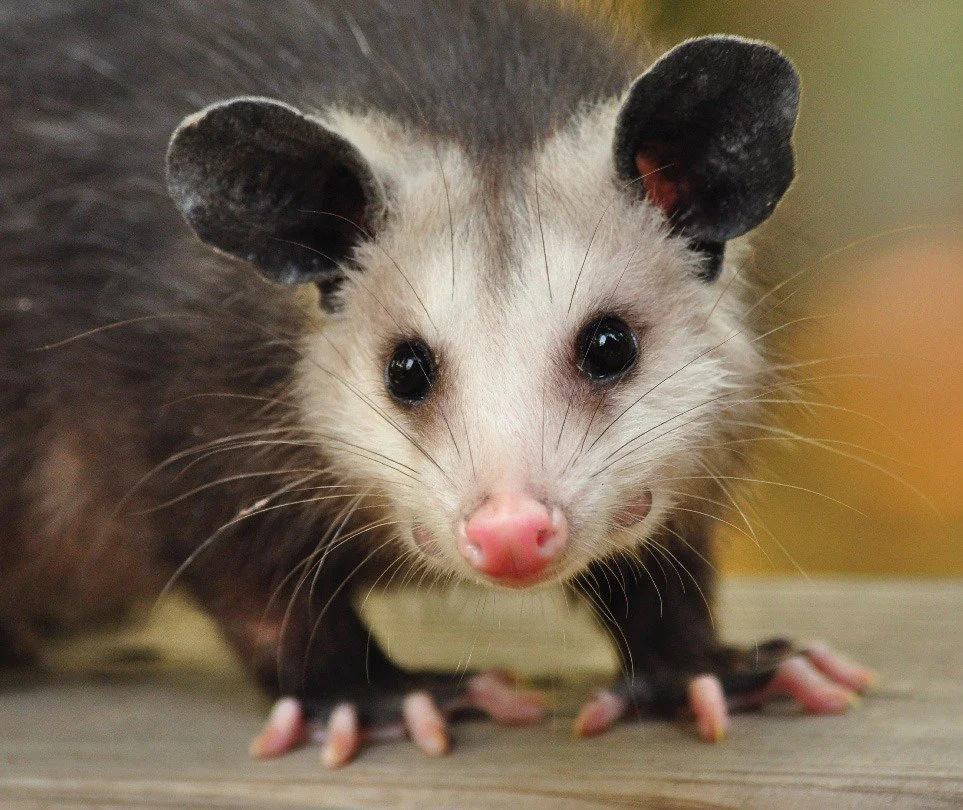Pest Library
Rats shed over 500,000 hairs a year which make these rodents horrible for allergy sufferers. Rat’s front incisors will continue to grow throughout their lives requiring rats to constantly chew to wear them down. Rats can and will chew through just about anything including wood, plastic, aluminum, copper, lead, drywall,
Rats are a serious nuisance. They’ll eat anything they can, and they’ll destroy anything they can’t eat. Rats spread disease, and their capacity for property destruction is frankly amazing. Exclusions, proofing and trapping these pests are only the beginning; regular maintenance and a strategy for preventing access and nesting is the only way to guarantee long term protection against rat problems.
Insulation Removal is necessary when there are signs of high traffic and or tunneling, droppings, staining, odor and insulation damage. This eliminates any stashes of food, nests and pheromones that they have created in or under the insulation. Further sanitation and trapping process will be completed before installing new insulation.
Rats
Each winter mice invade an estimated 21 millions homes in the United States. Mice typically enter our homes between October and February, looking for food, water and shelter from the cold.
Mice are quick to breed, fast on their feet, and able to burrow into boxes and squeeze into the tiniest cracks. Mice are famous for eating through anything that stands between them and food, and for being just clever enough to hide the damage while their litters grow and multiply. In worse cases, they can contaminate food storage while going unnoticed.
Mice can squeeze through openings as small as the size of a dime. This means that a small crack or opening on the exterior of your home (such as where utility pipes enter) is like an open door for mice.
Mice
Skunks can be valuable garden allies as they mostly eat insects and small rodents. Feasting on beetles, crickets, grubs, grasshoppers, mice, rats and moles throughout the growing season, skunks are natural pest-control heroes.
I find motion-activated lights and sprinklers very helpful. They startle skunks, making my yard an undesirable place for them to forage at night. On top of that, I prepare a cayenne pepper spray, a mixture of chopped onion, jalapeno, cayenne pepper, and water, and apply it around my property. This spicy solution is a great deterrent for digging skunks.
Skunks
While not all raccoons have rabies, raccoons in general are major hosts of rabies in the U.S., especially in the eastern part of the country where their populations are increasing. Just because a raccoon is active during the daytime, that doesn’t necessarily mean it’s carrying rabies. However, there are some indicators that a raccoon could be infected with the rabies virus. Key symptoms of a rabid raccoon include confusion and disorientation, leg paralysis or difficulty walking, wet and tangled hair, significant aggression, and production of very loud, unusual noises. Rabid raccoons may also foam at the mouth and have watery eyes.
In addition to rabies, there are other harmful diseases that raccoons can carry and potentially transmit to humans, including raccoon roundworm, which is an intestinal parasite. This is transmitted through unintentionally ingesting a microscopic roundworm egg.
Raccoons also pose a serious property threat. They can damage homes and outbuildings, especially when they try to enter through attics or chimneys that they target as denning sites. In some cases, raccoons have even torn off shingles or boards to gain access to an attic or wall space.
The key signs of a raccoon infestation are both visual and audible. Damage to a home’s insulation, wood, shingles, electrical wiring, walls or other parts of the structure is a telltale sign that a raccoon has taken up residence inside. Another indication of a raccoon infestation is the presence of droppings, urine stains, or built-up materials from creating a nest.
Homeowners should not attempt to address an infestation themselves, especially since these wild animals may be carrying rabies, raccoon roundworm or another disease.
Racoons
Opossums are nocturnal creatures, meaning that they are mainly active after dark. Known as solitary animals, they usually live alone when they are not actively breeding. Though preferring to travel by land, opossums are also skilled swimmers and can use their opposable rear thumbs and long tails to effectively climb trees and other structures.
They generally eat fruit, grains and insects, but will also eat out of compost piles, garbage cans and pet food dishes if they can get access. They have been known to eat fish, birds and mammals as well.
Opossums usually have two to three litters per year, with an average of seven young in each litter. Like other marsupials, the young spend their first several weeks of life in their mother’s pouch. After this time period, young opossums will leave their mothers in search of their own home.
Opossums sometimes den in attics and garages where they may construct a messy nest. They can also tear ductwork or insulation if they gain access to the interior of a household. When digging for food, they can also damage lawns. In fact, opossums have the ability to destroy poultry, game birds and their nests. When startled, opossums can bare their sharp teeth and hiss. In rare cases, opossums may bite if they feel threatened.
